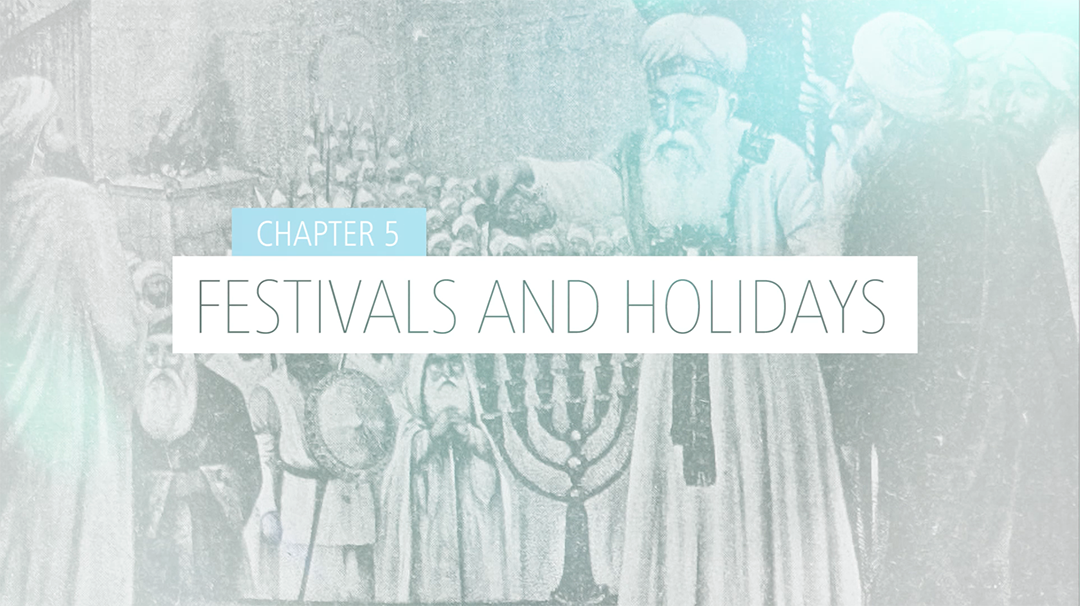Virtual Tour
The virtual tour through the former synagogue of Niederzissen offers insights into the once-thriving Jewish life in the Brohl valley. Individual chapters lead guide you through the history of the building, which is told with the aid of unique artifacts.
In the process, the role of the synagogue and its congregation in religious life (but also in economic and everyday life) will be presented. A unique collection of ritual objects, business letters and photos, called a Genizah by experts, is the basis for this account.
Chapter 1: From the First Day to the Last
A geographic and thematic introduction, this chapter provides information about the villages which are part of the congregation of the Niederzissen synagogue, how Jews first came to settle in the Brohl valley, and which professions they could pursue. Special consideration is given to the establishment of the Jewish Cemetery and the development of the synagogue building.
Chapter 2: Talk of the Town
This chapter tells the story of the former synagogue in Niederzissen, from its construction as a place of worship to its desecration, misappropriation as a smithy and its eventual resurgence as a memorial and meeting center in 2012. The depiction of the civic involvement and the efforts of individual citizens of Niederzissen will be the focus of this chapter.
Chapter 3: Daily Life
Jewish rites, such as kosher eating and various festivals, are explained using well-preserved finds from the Genizah. Important ceremonies of Jewish life are explained with references to the Jews of the Brohl valley, starting with the circumcision (Brit Mila) of boys and the naming of girls, to Bar and Bat Mitzvah and including weddings (Chuppah).
Chapter 4: Working Day
Jews were banned from certain professions since medieval times. Because of this, they were increasingly active in money lending and trading; in the Brohl Valley specifically, many of them worked as money lenders and especially cattle traders. To maintain a functioning Jewish community, they employed a teacher and a kosher butcher (shochet)
Chapter 5: Festivals and Holidays
Moving along the dates of the Jewish calendar (which uses a different calculation of the year), a selection of Jewish holidays is explained in detail using texts, pictures, and some well-known holiday melodies. Finds from the Genizah of Niederzissen create a connection to the former Jewish life of the Brohl valley.
Chapter 6: The Next Day
The chapter focusses on the time following Hitler’s rise to power in 1933 up until the presecution and extermination of the Jews of the Brohl valley. Contemporary witnesses, Gentiles born in Niederzissen, recount their experience in the the neighborly community of Jews and Gentiles in Niederzissen, as well as their stories of some individual Jewish inhabitants.
Chapter 7: Today
The final chapter describes the efforts to rebuild Jewish life in Germany after 1945. Whilst most rural Jewish communities (such as the one in Niederzissen) had been destroyed forever, after the end of the Second World War Jewish communities were established in various cities.







